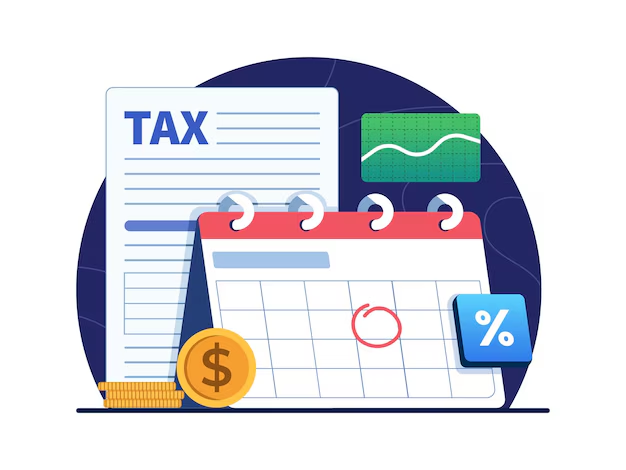
As far as key tax dates go, June 30th (to be precise, 30th of the 6th month after the culmination of an accounting period) is one of the best know dates amongst Kenyans owing to its consequential nature for the prior year income tax.
However, this is just one of the several key dates in the tax calendar. Many fail to appreciate the full configuration of the income tax calendar as laid out in law, unfortunately this also includes some financial advisors. The result, tax payers incur penalties, interests and avoidable attention from the Kenya Revenue Authorities.
The calendar can be viewed from an annualized position and from a monthly position. This first part of the article examines the annualized tax calendar, bringing out important dates and the purpose they serve, as should be understood by the taxpayer with respect to income tax.
First, let’s distinguish between the accounting or financial period/year from the tax calendar. The financial year is a 12 month period for which persons, both natural and legal, are expected to summarize their finances and compute tax due to the authority (KRA). A natural person (individual) may summarize their employment income and/or business income then determine the tax due for the 12 months. On the other hand, a legal person (company) will prepare financial statements showing its financial performance (profitability) and its financial position (assets, liabilities, equity) for the 12 months, and the tax due thereof. The tax calendar is woven into the accounting period, crossing from one period into the next, covering 18 months.
** 31st December is the most common end-year period but its’ worth noting that businesses can opt for different end-year periods.
Let’s get to it.
Income Tax Act Section 12*** holds that taxpayers whose income tax in an accounting period is KES. 40,000 or more, should pay their taxes in installments. This is contrary to what many may think, that income tax is paid all at once. [‘Income Tax Act; Section 12’]
The implication is that you multiply your prior accounting year income tax by 110% and divide this figure by four, which are then due in four installments by 20th of the 4th, 6th, 9th and 12th months in that accounting period.
Therefore, first key date thus is the 20th of the 4th month of the current accounting year (April 20th for year ending December 31st), the due date for the 1st installment of the current accounting year’s income tax.
The next key date is the 30th day of the 4th month from the end of the previous accounting year (April 30th for year ending December 31st) during which prior year income tax, excess of the installment taxes paid in that prior accounting year, is due to be paid. This means if at the end of an accounting period you realize your income tax is actually more than the installment taxes paid for that accounting period, then you ought to settle the balance by the 30th day of the 4th month of the next accounting period. [‘Income Tax Act; Section 92A’]
The second installment tax is due by 20th of the 6th month of the accounting period (June 20th for year ending December 31st).
This then bring us the best known date, 30th of the 6th month (June 30th for year ending December 31st). By this date, you ought to have fully paid your prior year taxes, this is simply the due date for filing your tax return. To be clear, paying tax is different from filing returns. [Income Tax Act; Section 52 B (1)]
** Note, individuals whose only income is employment income fully charged to tax under the monthly Pay as You Earn, do not pay the 4 installment taxes. They however have to file their income tax returns by 30th of the 6th month of the succeeding accounting period.
After this we have 20th of the 9th and 12th months, the due dates for the 3rd and 4th installment of income tax for the current accounting year.
After the end of the 12th month of the current accounting period, income tax for that period is recomputed and compared to the installment taxes already paid. If the recomputation results in a higher income tax than the installments paid, then the balance is due by 30th of 4th month of the succeeding accounting period and the returns for that period should be filed by 30th of the 6th month of that succeeding accounting year.
One paragraph summary assuming year ended 31st December;
April 20th due date current year 1st income tax installment. April 30th due date for balance (if any) of prior year total income tax. June 20th due date 2nd income tax installment. June 30th due date filing prior year income tax. September 20th due date 3rd income tax installment. December 20th due date 4th income tax installment. …. Cycle starts.
